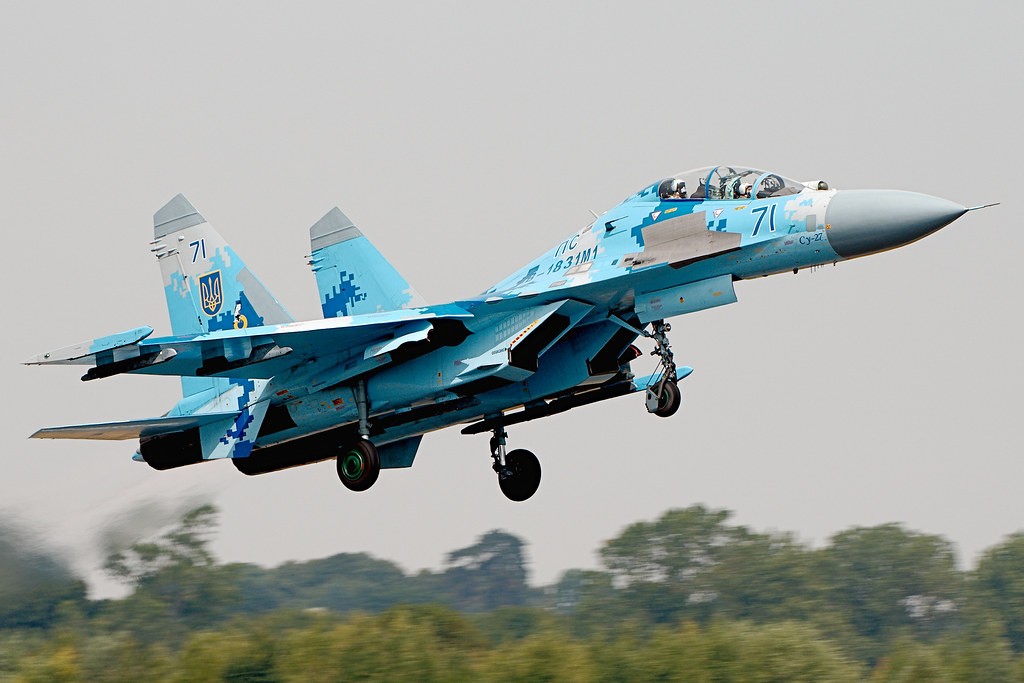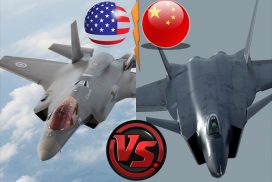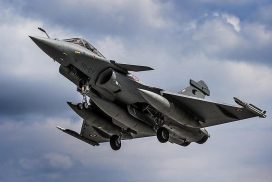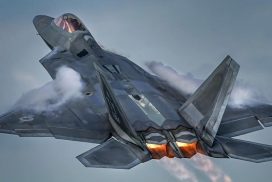The Sukhoi Su-30, Su-33, Su-34 and Su-35 look similar because they are all based on the Su-27 Flanker. The Su-27 was developed alongside the MiG-29 starting in the late 1970s to counter the 4th generation American planes, mainly the F-15 and F-16. The Su-27 was designed as a high-end fighter with better radar and data link while the MiG-29 had limited ability in beyond visual range combat.
The Su-27 Flanker would fly around receiving updated information from ground-based airborne radars allowing them to keep their radars off until they see a target in range. While the MiG-29 lacked ground attack capabilities.
About the same time, the Su-27 and MiG-29 were being developed the Soviet Navy was finishing their first conventional carrier the Admiral Kuznetsov. When it was being built- Sukhoi developed a navalized version of the Su-27, Su-25 and Mig-29 by Mig. The original designation for them was the Su-27K, Su-25UTG and the Mig-29K.

Sukhoi decided to change the Su-27K designation to Su-33. The Su-33 is either being retired or has been retired in favour of the MiG-29. Originally there were supposed to be two Kuznetsov class aircraft carriers which were small for fleet carriers to comply with limits on a 1936 treaty that limits warships that pass through the Bosphorus Strait. The USSR designed the multiple carrier planes because they were developing an American style carrier when they collapsed.
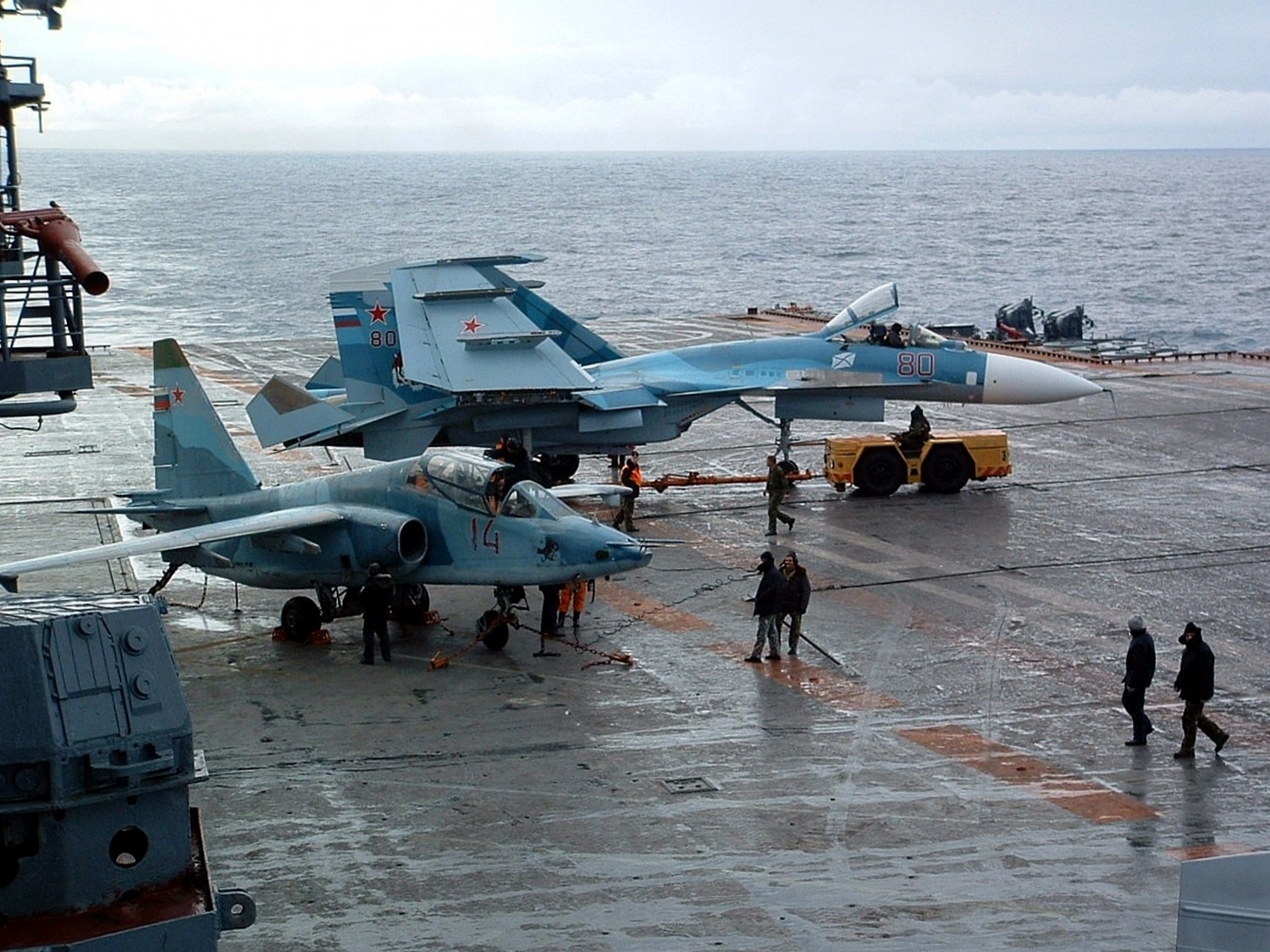
The Su-30 originally called the Su-27PU – and it was originally designed to be a command plane. The Su-30 had the addition of a weapons systems officer (WSO). Originally the Su-30 was designed to be the lead plane in a flight of flankers they would turn their radar on when there was no AWACS or ground-based radar keeping the flight updated and designating targets for them. Later it was expanded to have an air-to-ground role, it can be compared to the F-15E.
Now the Su-34, some try to compare this aircraft to the F-15E which is inaccurate, since it has lost a lot of dogfighting ability. The Su-34 was developed to replace the swing-wing Su-24 and in some roles the Tu-22M. The Su-34 actually began its life as a carrier plane, The carrier version did not come into fruition.

The Su-35 Super Flanker originally called Su-37 which was developed from Su-27M the designation was later changed because Sukhoi thought it sounded better.
There is no MiG-30 but there are MiG-33 and MiG-35. The MiG-33 was changed to MiG-29M and the MiG-35. The MiG-35 Super fulcrum is slightly larger than a regular MiG-29. while the MiG-29M has been upgraded with a lot of the MiG-33’s technology. There is MiG-31 which is a replacement for Mig-25.
A good analogy for the Su-27/30/34/35 family is the F-16 family (albeit some discrepancies since this is not a 100% match):
- Su-27 v.s. F-16A/C/E, single-seat variants mostly used as air-superiority fighters.
- Su-30 v.s. F-16B/D/F, two-seat variants mostly used for training/strike missions.
- Su-34 v.s. Japanese F-2, wildly modified design optimized for strike missions.
- Su-35 v.s. F-16V, latest “ultimate” variants.

